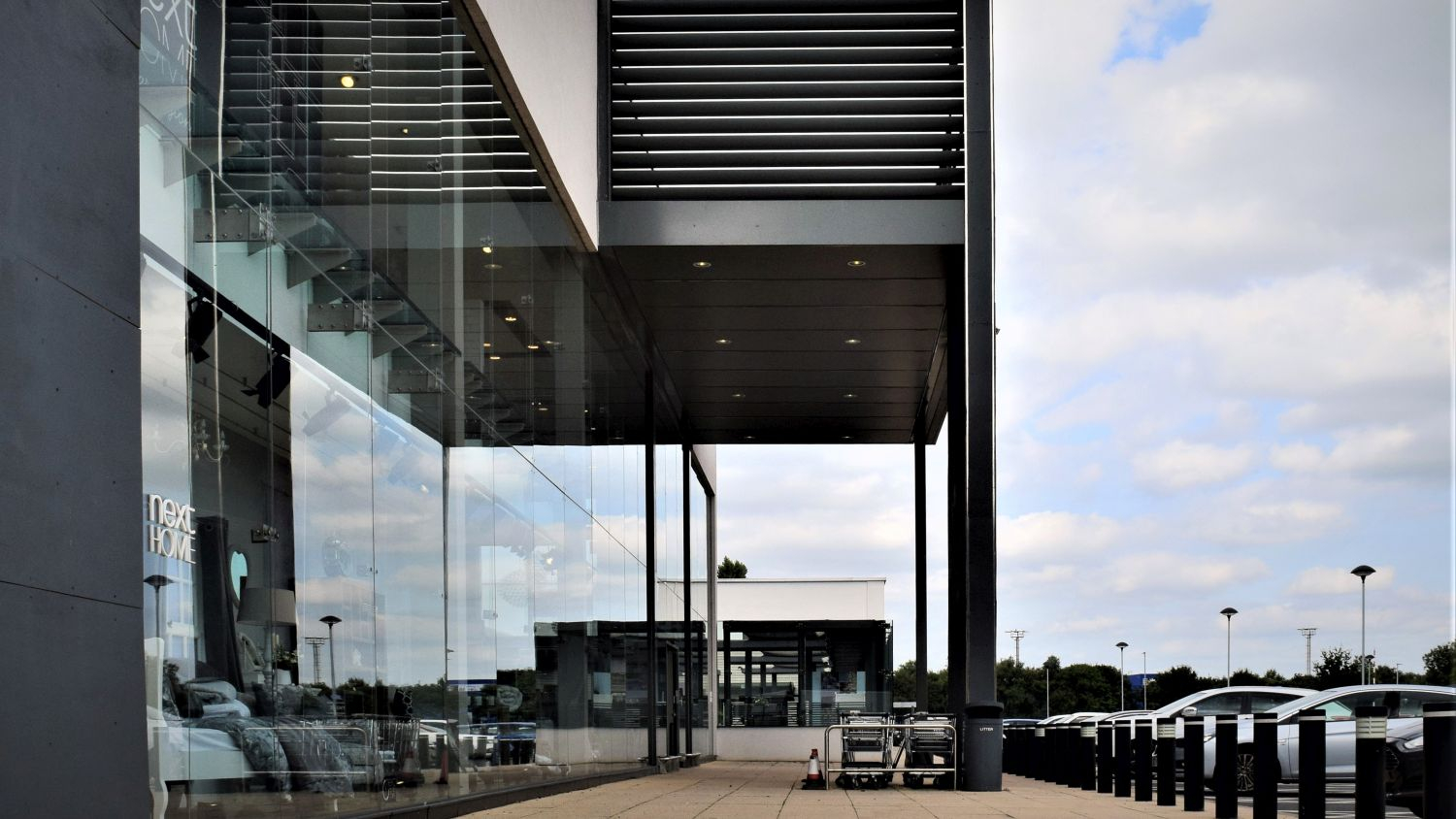
Retail parks continue to attract strong investor interest and remain the most popular retail format on the development market. Meanwhile, new brands are entering the Polish retail market, which is also seeing the rise of AI-powered solutions, say BNP Paribas Real Estate experts in their latest report.
Retail parks continue to shine
At the end of the first quarter of 2024, Poland’s total retail stock was 16.06 million sqm following the delivery of 71,000 sqm onto the Polish market through new openings and extensions. Both the new supply and the development pipeline were dominated by retail parks. The largest retail park completion of the three months to March 2024 was OTO Park Koszalin (38,000 sqm).
There is currently 303,000 sqm of new retail space under construction and more than 114,000 sqm of retail space is undergoing redevelopment or expansion, a decrease of 10% from the previous quarter. The largest projects underway and scheduled for completion by the end of 2025 include the redevelopment of Nowa Sukcesja in Łódź (46,000 sqm) and two new schemes: Silwana Gorzów Wielkopolski (25,000 sqm) and Vendo Park Szczecin (22,000 sqm).
Saturation rates and investment activity
With 2.2 million sqm of total retail stock comprising shopping centres, outlet centres, retail parks and standalone retail schemes, Warsaw is the largest retail market in Poland, ahead of the Katowice Conurbation (more than 1.5 million sqm) and Tricity (976,000 sqm). This, in turn, translates into retail space saturation rates, with the highest of 1,061 sqm and 960 sqm per 1,000 inhabitants reported for Wrocław and Poznań respectively. Of all the eight surveyed regional markets, Katowice and Łódź have the lowest rates of 711 sqm and 696 sqm per 1,000 inhabitants respectively.
Analysis of investment activity has revealed that retail parks remain the most sought-after asset class. They are seen as relatively stable and safe investments and are attractively priced compared to other CEE countries at €5-15 million, which is why Poland continues to attract investors targeting such investment opportunities. The first quarter of 2024 saw four retail park transactions, the largest by size and value being Terg’s acquisition of the 18,000 sqm Aniołów Park in Częstochowa for €25 million.
Debuts and stabilization on the e-commerce market
BNP Paribas Real Estate Poland also notes that the first quarter of 2024 saw new brands debut in Poland – these included Made by Society, Jack&Jones, Kamalion and House of Diamonds. Another newcomer was Hesburger, the largest fast-food chain in the Baltics and Finland. Meanwhile, Biedronka announced the launch of its new online grocery store in partnership with Glovo, while the online grocery retailer Barbora.pl of the Lithuanian-based Maxima Group chose to withdraw from Poland after three years. In addition, HalfPrice also decided to close its e-store.
“E-commerce retail sales stabilized in the early months of 2024. 2023 was a year of challenges for e-retailers, with some experiencing financial difficulties due to falling online sales and Classification: Internal growing returns. E-commerce players are facing competition from traditional retailers who are stepping up their efforts to build integrated multichannel models. As a result, tenants are reevaluating their retail sales concepts, focusing on rightsizing, pruning unprofitable stores and reinvesting in expanding their chains of smaller store”, says Fabrice Paumelle, Head of Retail.
How will new technology transform retail?
Artificial intelligence (AI) is increasingly penetrating into new spheres of life, including retail, says the latest report from BNP Paribas Real Estate Poland. One of the key advantages of leveraging AI in retail is that it helps retailers and entrepreneurs make business decisions faster and navigate the rapidly changing retail landscape to adapt their offers to diverse customer needs. “AI also generates savings - by using AI analytics, companies will be able to order only what they can sell and minimise warehousing costs, with queues at cash desks becoming a thing of the past. Take Żabka Nano as an example - it is an innovative concept of quick, cashierless, queueless and cashless shopping. AI image recognition and processing technologies track consumer behaviour in-store and add products taken off shelves by shoppers to their bills. Upon exit, Żabka will automatically charge their cards for the items they’ve bought”, comments Klaudia Okoń, Senior Consultant, Business Intelligence Hub & Consultancy.
Technological advances have also paved the way for building virtual shopping malls which are similar to brick-and-mortar retail facilities in terms of scale and offer. Such retail concepts are still in their infancy but have already been developed in many locations across the globe, including in Dubai and London. Building a virtual shopping mall is a logistically complicated process that comes with a number of challenges such as high e-commerce costs and low margins. In addition, shopping mall tenants are frequently small companies that cannot afford to launch online sales and not all brands are technologically advanced enough. BNP Paribas Real Estate Poland notes that Polish shopping malls are not ready to embrace such a solution due to high implementation costs; moreover, there are retail tenants who have not adopted omnichannel strategies yet.



